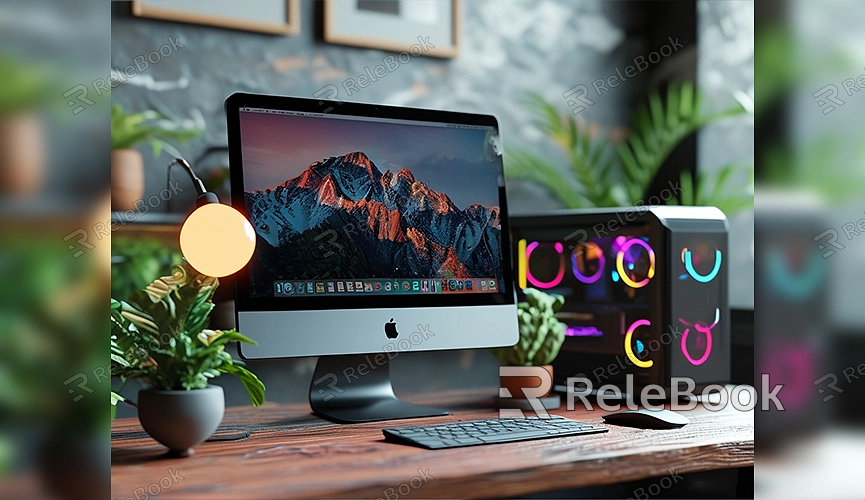How to Render a Finished Blender Video
Blender is a powerful 3D modeling and animation software that can create complex 3D models and high-quality animations. For many beginners and professionals, learning how to render a finished video is a crucial step. This guide will explain how to render a completed video in Blender, helping you quickly master this skill.
Preparation
Before you start rendering, make sure your project is fully set up, including all animations, materials, lighting, and camera angles. Once you confirm that everything is correctly set, you can begin the rendering process.

Set Up Rendering Output
First, open Blender and load your project. Go to the top menu bar, select the “Render” tab, and then click on “Render Properties.” In this section, you’ll find the “Output” settings. Click the “Output” folder icon and choose the folder where you want to save the rendered results. Make sure to select a location that is easy to find so you can quickly access the files after rendering.
Next, select the output format. For video output, the FFmpeg video format is commonly used due to its good compatibility. In the “File Format” drop-down menu, select “FFmpeg Video.” Then, in the “Encoding” options, choose a specific video codec, such as H.264, which is a widely-used high-quality video codec.
Set Frame Rate and Resolution
In the render settings, you also need to determine the video’s frame rate and resolution. Frame rate determines how many frames per second are played, with 24fps or 30fps being common choices. For a smoother video, you might opt for 60fps. You can set the frame rate and resolution in the “Output Properties” panel.
Ensure you set the correct resolution. Typically, 1080p (1920x1080) is a standard for HD, but you can choose a higher or lower resolution based on your needs. With these parameters set, your output video will meet your desired quality.
Render Animation
Now you can start rendering your animation. Go to the top menu bar, select the “Render” option, and then click “Render Animation.” Blender will begin rendering your animation frame by frame and saving it in the specified format and location. The rendering process may take some time, depending on the length and complexity of your animation and your computer’s performance.
Optimize Render Settings
To speed up rendering and improve efficiency, you can make some optimization settings. For example, use Blender’s “Cycles” rendering engine and adjust the sampling rate. Higher sampling rates result in better image quality but increase rendering time. You can adjust the sampling rate to balance quality and speed according to your needs.
Another optimization tip is to use the “Denoise” feature to reduce noise in the render. You can find the denoise options in the “Render Properties” and enable them. This can improve the final video quality without significantly increasing rendering time.
Check and Edit Render Results
Once rendering is complete, review the rendered results. If you find any issues, return to Blender to make the necessary adjustments and re-render the problematic parts. This ensures the final video is of high quality and complete.
Rendering a finished video in Blender may seem complex, but by following these steps, you can quickly grasp the process. By setting the correct render output, frame rate, and resolution, optimizing render settings, and checking the results, you can create high-quality animated videos.
If you need high-quality 3D textures, HDRIs, or model downloads for creating models and virtual scenes, Relebook is an excellent resource. Download and directly import these textures and models into Blender to enhance your work.

